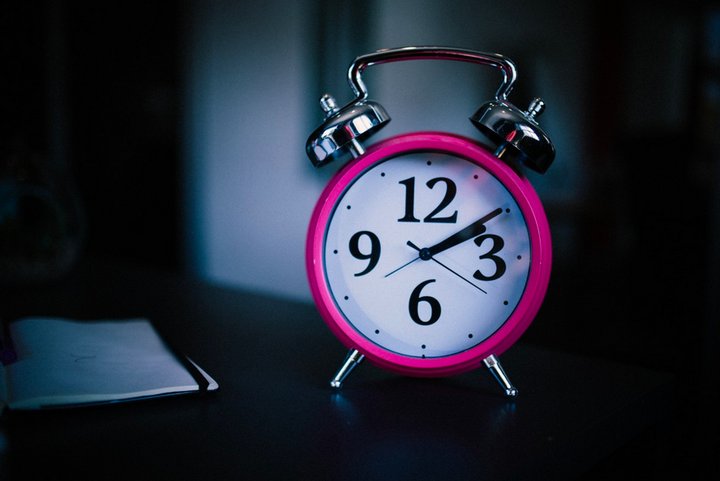
If you still use of one of these old-school alarm clocks, you’ll need to set it back one hour on Saturday night | Image from pxhere. Creative commons license.
###
Sunday marks the end of daylight saving time — that seemingly never-ending practice of advancing our clocks one hour for roughly eight months out of the year, so that it gets dark at a later time — meaning that we shall return to standard time until the spring, when we do it all again.
Y’all know the routine at this point. Late Saturday night/ early Sunday morning (the change technically occurs at 2 a.m. because its supposed to be less disruptive, or something) we “fall back” by setting our clocks back one hour. In this modern age, many of our time telling devices — such as our cellphones and computers — will make the change automatically. But if you’re one of those old-school folks who has an analog clock or watch, you’ll bear the burden of winding back that bad boy yourself.
The practice of changing the clocks twice a year has long caused controversy. Arizona and Hawaii have famously opted to avoid the whole situation and stick to standard time throughout the year, while many states — including California — have been working to pass legislation to ditch the act of “falling back” and remain on daylight saving time year-round. Many people rejoice at the end of daylight saving time because it generally means that we get one extra hour of sleep, while others abhor the act of “falling back,” because it means that darkness falls at an even earlier clock time. Whichever camp your in, you can surely look forward to the time change prompting many opportunities for you to commiserate over or argue about the issue with your friends, family and coworkers.
At least we can probably all agree that, like it or not, the time change tends to throw our schedules off a bit until we all adjust. So lets just try not to be too cranky at each other, okay?
Sing it, Cher.
CLICK TO MANAGE